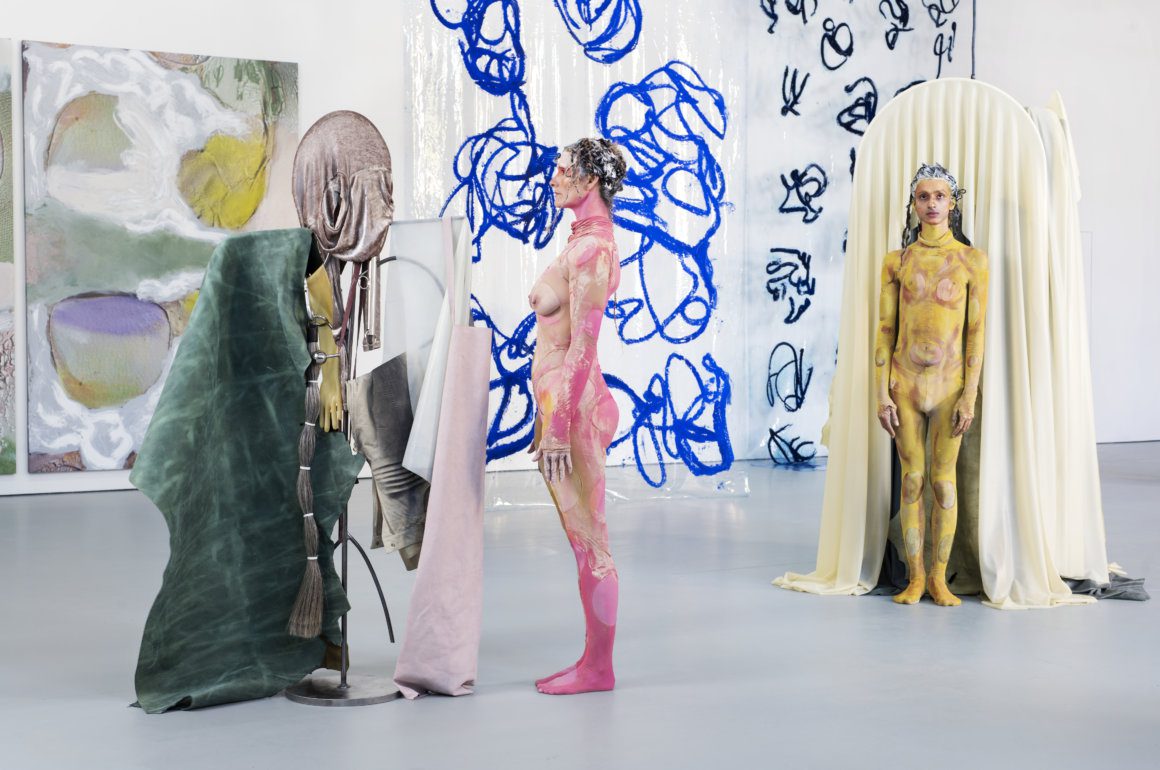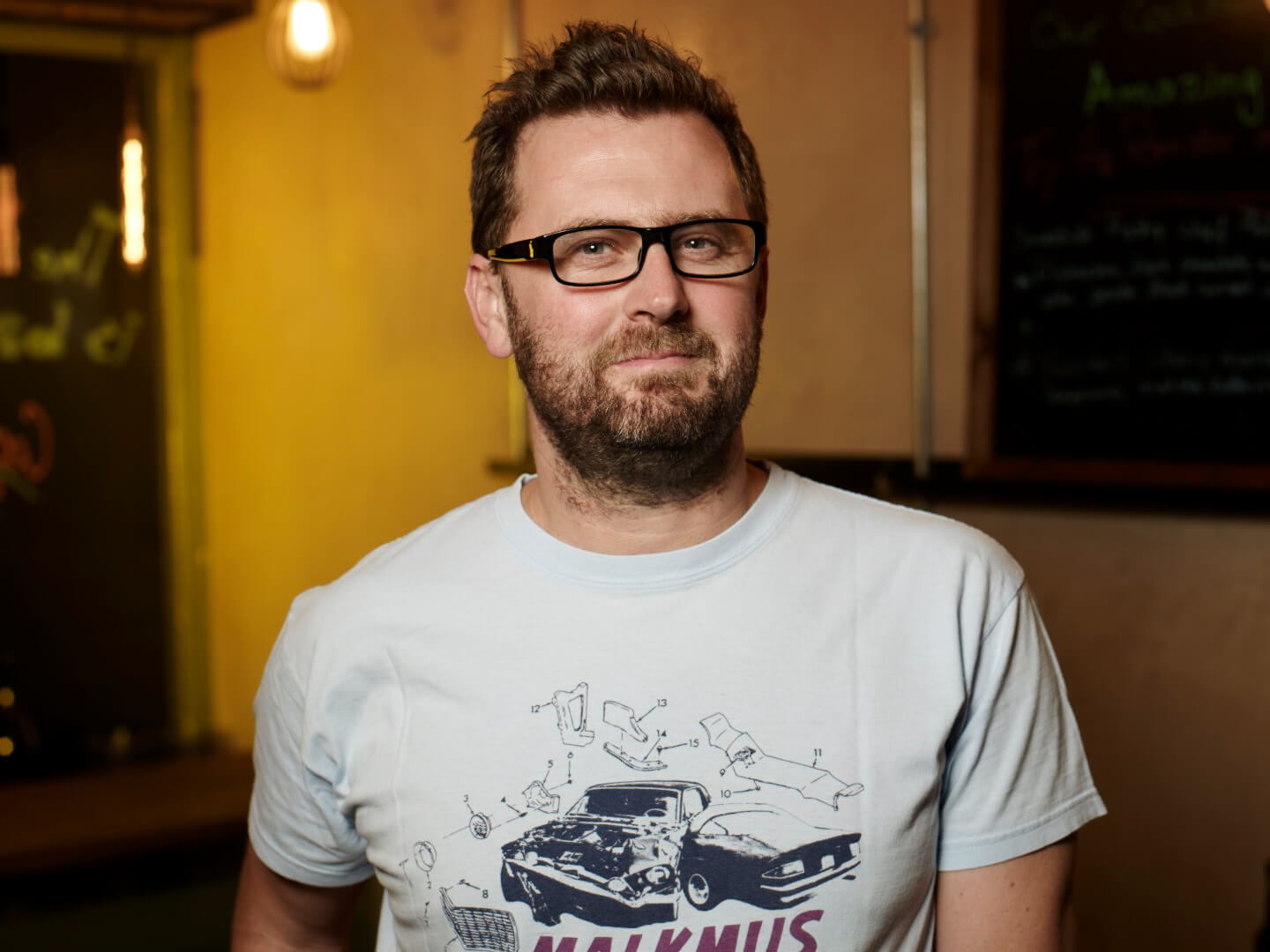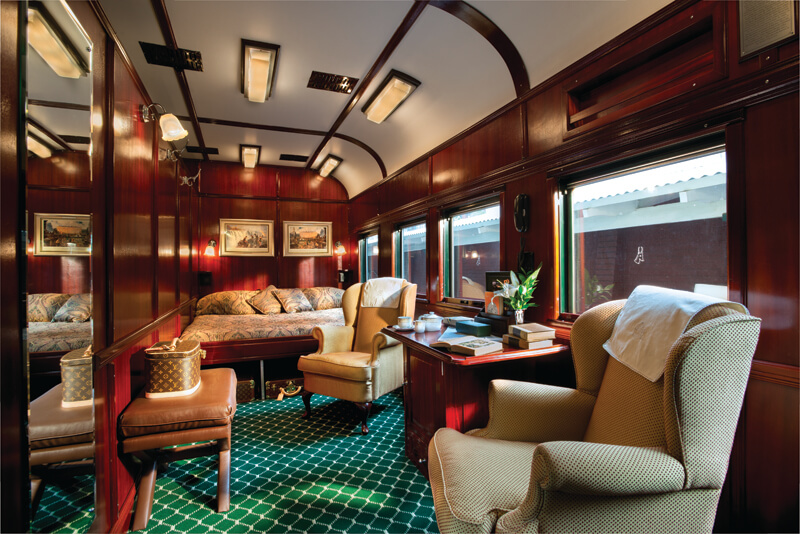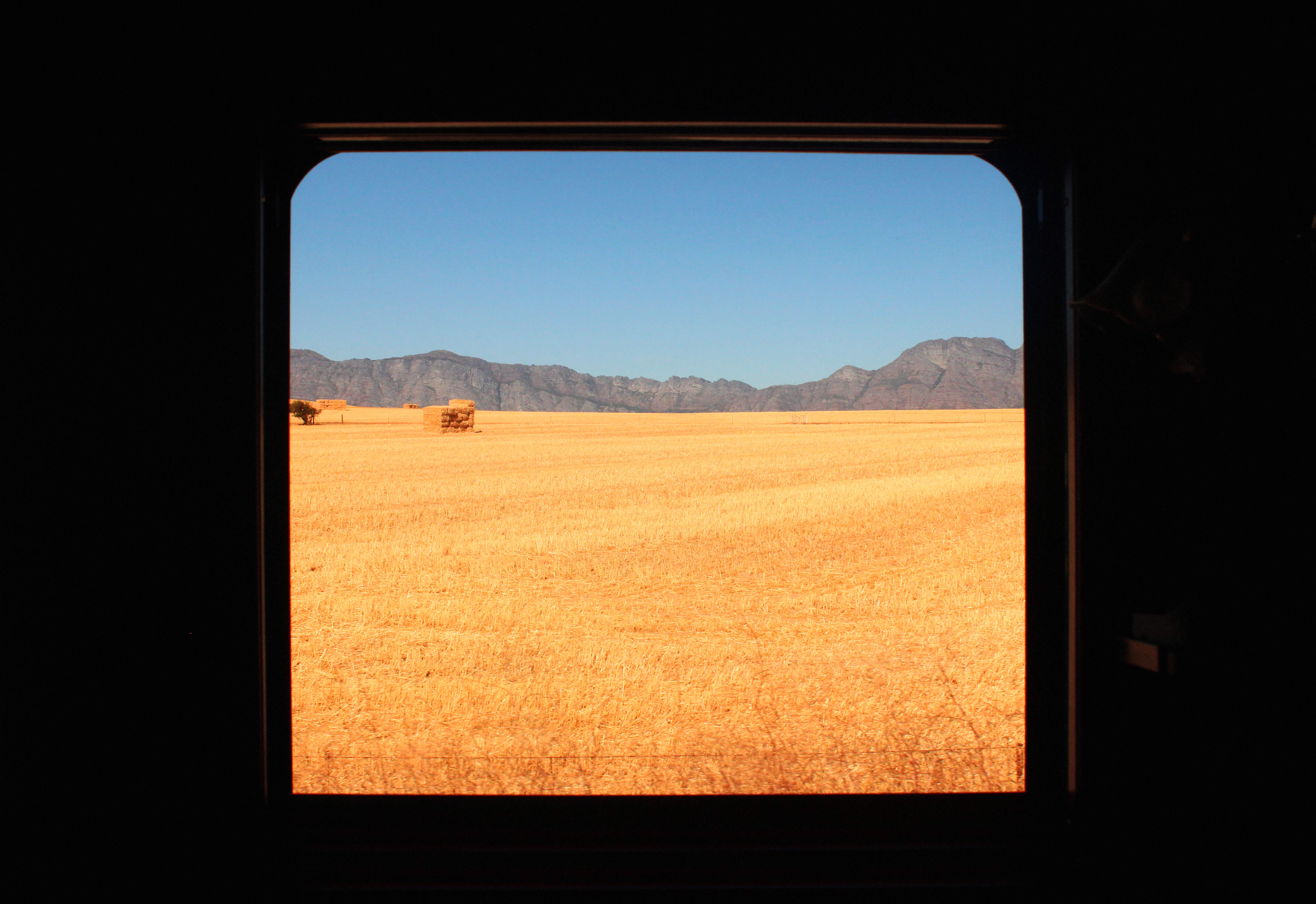Ski season is in full swing, and there’s nothing like nestling around a dining table in your own apartment on the slopes, sipping at your own magnum of Brunello di Montlcino in privacy with your nearest and dearest, exchanging tales of the day’s adventures. However, until recently, the casual Alpine skier without the good fortune to own a home in St Moritz or Zermatt, would risk suffering for their hobby. In contrast to North America, ski apartments in Europe were patchy at best, cramped and devoid of service – and still expensive – at worst.
Then, French hospitality group Pierre & Vacances began constructing its own, purpose-built, resort and apartment complexes, with all the panache of the best ski-in, ski-out properties in North America. Arc 1950, L’Amara in Avoriaz, and Les Terraces d’Helios above Flaine, all in the French Alps, are delightful, contemporary developments, with five-star hotel-style service, spas, bars, pools and – most importantly of all – properly designed ski-in, ski-out facilities. More are in the pipeline, meaning you don’t have to buy a $10m apartment in the Engadine to enjoy high standards in your “own place” on the slopes. Darius Sanai speaks to Martine Balouka-Valette, Chief Executive Officer of Tourism at Pierre & Vacances, about the Alps and other holiday trends.

Martine Balouka-Valette
LUX: When we first saw one of your properties (in the recently-developed resort of Arc 1950 in France) we couldn’t help but be reminded of the holistic architecture of top North American resorts like Breckenridge and Whistler. Is that your inspiration – do you bring some North American standards to Europe?
Martine Balouka-Valette: No, I don’t think I would say that. We are inspired by our own architecture! For example, we are planning to develop a new destination, Aime 2000 in the resort of La Plagne, with the architects Wilmotte & Associates [whose projects include new elements of the Elysée Palace, Louvre Museum and Musée d’Orsay in Paris]. It will be of a very high standard, our own style, and it will open in 2019.
Read next: On board Africa’s most luxurious train
LUX: A couple of decades ago, wealthy British people, in particular, would think nothing of piling into shared ski accommodation which was of a far lower standard than their residences at home. Is there now a trend of consumers moving more towards the luxury end of ski accommodation?
Martine Balouka-Valette: Yes. They don’t want to have less than what they have at home. It means that now we are going more and more premium. Price is not an issue – at all. They are looking for services. And we are cementing that, because we need to meet their expectations. It’s key for us. When you are a family you now expect a certain type of product. When you are young and you want to sing and dance and ski and you want to have very good time, it’s slightly different. Families expect us to take care of the children in order to allow the parents to spend time in the spa and skiing. They are comfortable and feel secure that we can take care of their kids. We have developed various products in order for people to enjoy their vacations their own individual time.

L’Amara, Avoriaz
LUX: What about Asia? Is that something that is important for you?
Martine Balouka-Valette: Yes, we have signed an agreement with HNA Tourism Group (Hainan Airlines) that own 10% of Pierre et Vacances Center Parcs in total, to develop the Center Parcs concept in China. We have an agreement that the outline is to build four projects in the next 3 years. And we also plan to develop a Chinese mountain resort because they are very fond of our facilities at Avoriaz in France. I think with the 2022 Winter Olympics (in Beijing) in mind they want to create a new destination on the mountain that can be completed with new apartments that they have in the mountain, to convert it into a ski resort destination.

Inside one of the luxury residences of L’Amara
LUX: You mentioned Chinese skiers enjoying Avoriaz – is that is a big potential market? The Chinese in Europe, skiing?
Martine Balouka-Valette: Yes. They love our resorts in France; for example in summer they enjoy coming to Center Parcs to enjoy the Loire castles. They enjoy the mountains, and in Paris we have Adagio (apart-hotels) with more than 5,000 apartments, they are very fond of this type of destination. So the three brands (Pierre & Vacances, Center Parcs, Adagio) meet the expectations of the Chinese clientele; we are pretty sure it is an upcoming market for us. I think it can be a very important business but we have to be careful that we balance between the domestic market and the Chinese market because otherwise the other clientele will disappear because when you have a dominant clientele, it’s not appealing.
Read next: Eric Favre, MD of The Alpina Gstaad on the simplicity of true luxury
LUX: With all the disruptors in the industry, are you optimistic about the future of the type of tourism you specialise in?
Martine Balouka-Valette: I am the CEO of the group so I cannot tell you that there is no future in our business! (…) Our locations are very good. They have space. I think our main competitor will increasingly be Air B and B or One Fine StayOne Fine Stay. This type of business is becoming a competitor for us, apart from the hotel business. But of course there is a future because as a brand what we offer is secure and safe. We have the services there, and we do not cheat our clientele. We are not proposing services that we cannot provide. So there is a real future for this type of business – more and more so. And [regarding upmarket wintersports accommodation] we are the leader. And our goal is to remain the leader in this category. That is why we continue to upgrade our accommodation because that is where the market is.





















Recent Comments